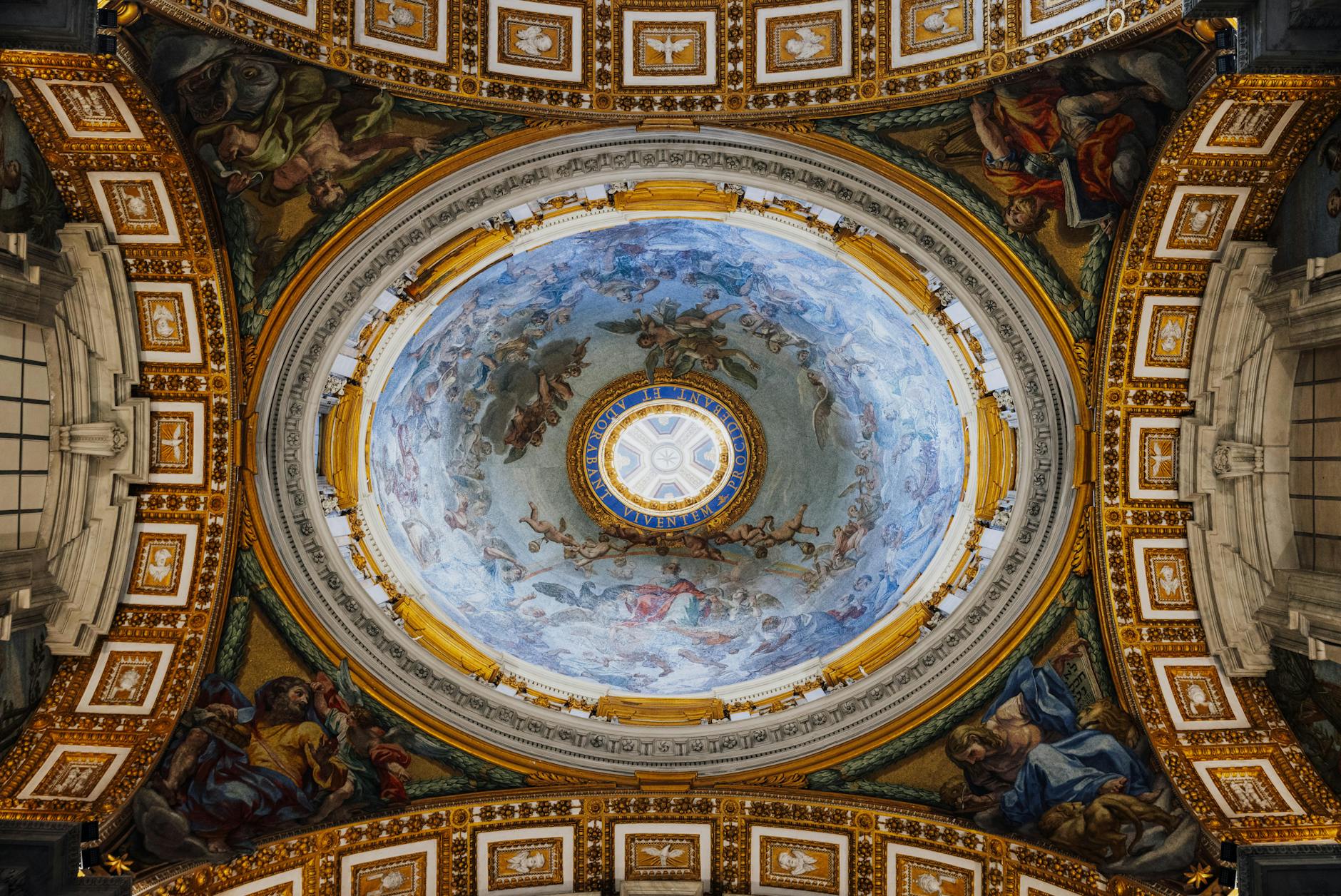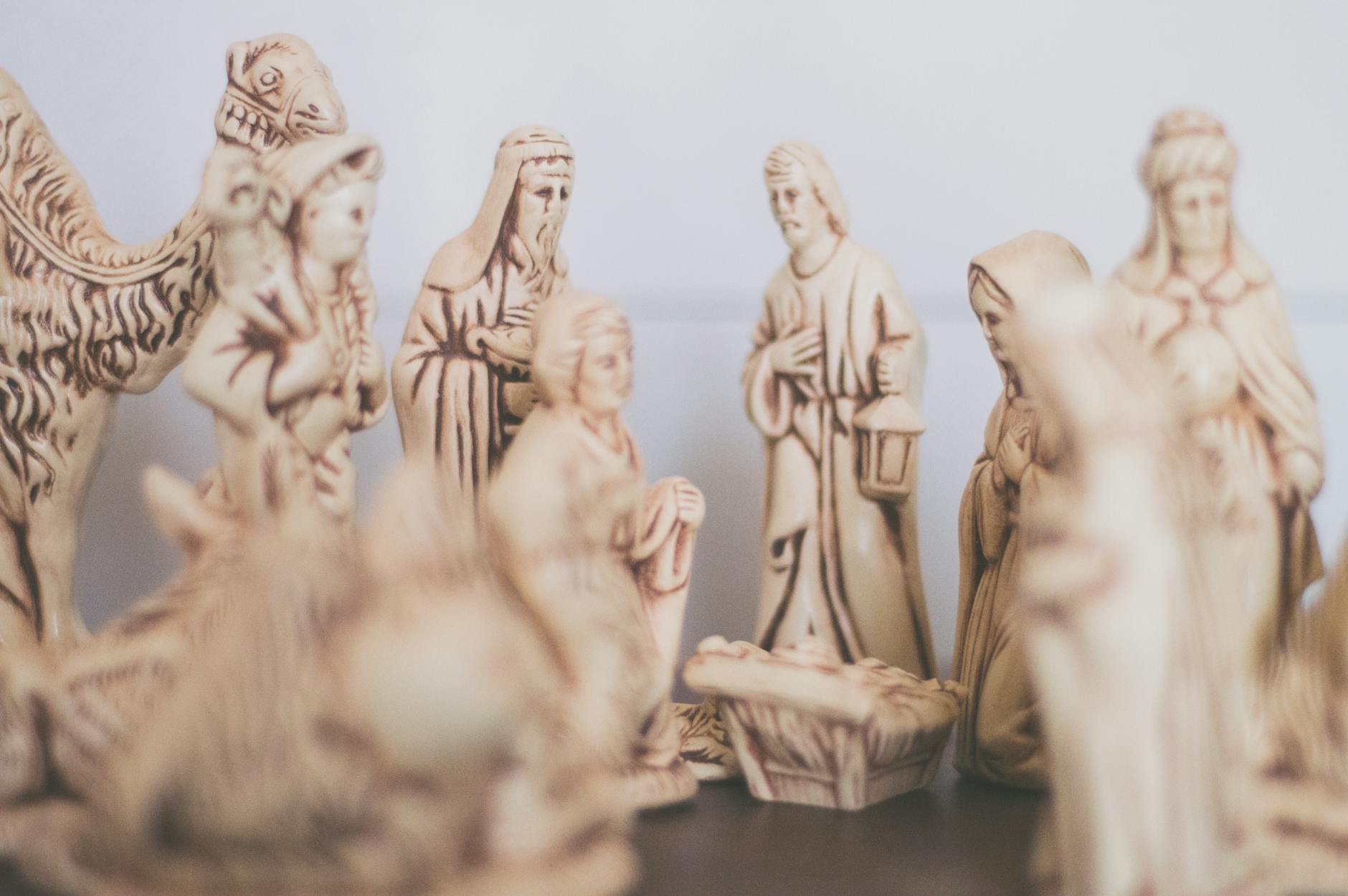Immerse yourself in the world of psychedelic art, a genre characterized by vibrant colors, complex geometric patterns and, oftentimes, profound visual effects. This form of art emerged from the counterculture movement of the 1960s, announcing itself with an explosion of energy and color that still reverberates through art and culture sectors today.
Psychedelic art’s first potent wave in the public eye was closely tied to the counterculture movement of the ’60s. This was a socio-political phenomenon that primarily sprouted in the United States and the United Kingdom as a large-scale rejection of mainstream societal norms. Music, film, literature, and particularly artwork started to reflect this shift towards exploration of consciousness and experimentation. The counterculture movement manifested visually in psychedelic aesthetics, which promptly seeped into poster designs, album artwork, and even fashion.
This coincided with the advent and growing popularity of substances such as LSD and psilocybin mushrooms, which have the ability to alter perceptions and create what are often referred to as “trippy visuals.” These substances had an undeniable influence on artists, animating their work with psychedelic art elements and leading to a more widespread acceptance of this unique artform.
The fundamental visual effects in psychedelic art often involve highly detailed scenes and dizzyingly intricate patterns, which challenge traditional perspective and allow the viewers to explore art in a whole new way. The spiritual symbolism is also a common element in many psychedelic pieces. These artworks often depict vast, alternative universes, teeming with swirling galaxies, ethereal beings, and radiant, multi-dimensional landscapes. The origins of this style can be traced back to the visionary art found in various indigenous cultures and religions worldwide, linking past traditions with contemporary expression.
Psychedelic art carries a close relationship with surrealism, an earlier art movement that also championed fantastical imagery and dream-like visuals as a break from reality. Distinguished figures of surrealism like Salvador Dalí layered their works with bizarre and wonderful imagery, setting a stage that the psychedelic artists of the 60s danced upon. This lineage emphasizes the innovative nature of the psychedelic genre, as it questioned and stretched the boundaries of artistic convention.
Outside of the art world, this potent form has also found its way into art therapy as a tool to help individuals express intangible thoughts and feelings. The creation of psychedelic art can be a therapeutic method of revealing, understanding, and healing subconscious layers of the mind. As such, art therapists today are implementing these techniques to create an effective healing process.
The impact of psychedelic art extends far beyond the counterculture of the 60s. It has deeply influenced modern pop culture, visual effects, music, fashion, and even mental health practices. Allow yourself to delve into the vibrant world of psychedelic art, and you may perceive your everyday reality in a newly hued way.
Source links:
– Psychedelic art
– Art History
– Counterculture movement
– Trippy Visuals
– Art therapy
– Visionary art
– Surrealism







